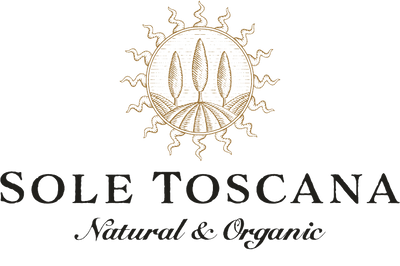What's the first thing you do after buying new clothes or sheets? Take them out of their packaging, then wash them. Because that's what you're supposed to do. But have you ever thought about what you're removing from your clothes and sheets, apart from factory dirt?
You might be shocked about what goes into the materials that spend all of their time against our skin. That's why we urge you to consider switching to organic sheets and clothes.
Flame retardant chemicals
Did you know that your bedding, your sheets, your clothes, and other fabrics you come into contact with undergo treatment with flame retardant chemicals? This is in line with federal manufacturing regulations since most fabrics are synthetic and quick to burn.
As much as flame retardant chemicals have moved away from the proven carcinogenic PBDEs of the 70s, these new replacements aren't any better. They still contribute to reproductive and respiratory disease and disrupt the endocrine system.
Pesticide exposure
You might be quick to write off polyester and nylon, thinking that natural fibers are a better option. After all, they don't contain any petroleum products, and they don't require as much (or any) flame retardants.
However, conventionally grown cotton consumes 24% of the world's insecticides and 11% of the world's pesticides every year. How can we be sure that manufacturers adequately rinse their cotton and other natural fibers of pesticides before sale?

Removing toxic chemicals from fabric
Considering this new information, shouldn't we take our new clothes cleaning routine a lot more seriously? There isn't much scientific research that definitively tells us how to remove flame retardants and pesticides from clothes. Still, most sources point towards breaking down those chemical bonds using an acid soak.
You can mix big buckets of lemon juice and vinegar to break down the chemical bonds between the flame retardants and the fibers. Follow through by washing the clothes thoroughly.
Better alternatives
Who wants to keep reaching for lemon juice and vinegar every time they buy new clothes? There must be a simpler way to have chemical-free clothes.
We understand that trying to replace your entire wardrobe at a go can be injurious to your pockets. A better route is to do it slowly over time. Here are some safe alternatives you can look forward to using.
ORGANIC COTTON
Go for organic cotton that's soft, breathable, and 100% made without pesticides or insecticides when shopping for sheets, pillowcases, underwear, socks, and shirts.
WOOL
Wool is perfect for all seasons since it's a natural insulator. It keeps you warm during winter and keeps excess heat out during summer. It's also naturally antimicrobial. Consider it for your duvets and shirts.
NATURAL LATEX
If you love memory foam mattresses, you need to try a latex mattress. Natural latex is a natural thermal regulator, so it doesn't leave you sweaty, unlike a memory foam mattress. Also, it lasts longer and has no flame retardants.
KAPOK FIBER
This fiber feels like a combination of silk and cotton. It's soft and a perfect vegan alternative to down for duvets and pillows.
BUCKWHEAT HULLS
Buckwheat hulls feel like a beanbag when stuffed into a pillowcase. You'll love them for your mattress too. They're also non-toxic and 100% biodegradable.
If you've never thought of inspecting the materials your clothes and bedding are made of, perhaps it's time to do so. The fewer chemicals we have in our lives, the better.
With love,
The Sole Toscana Beauty Team


